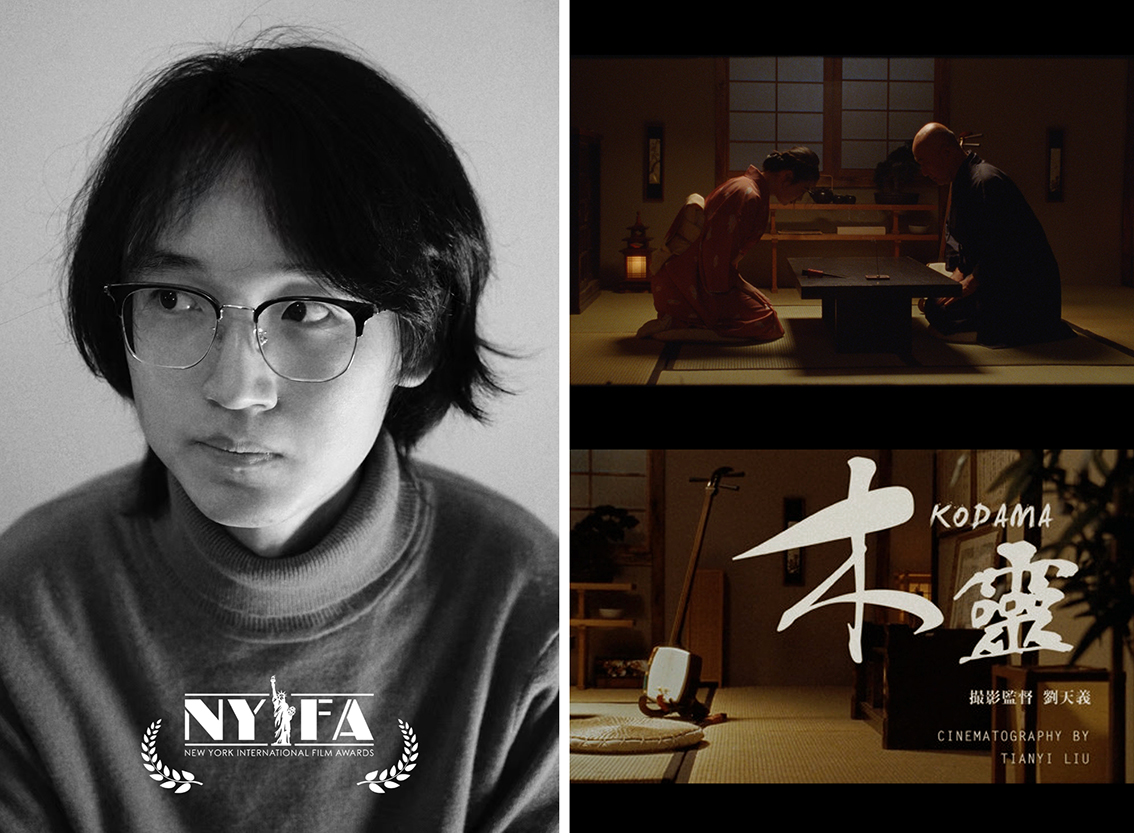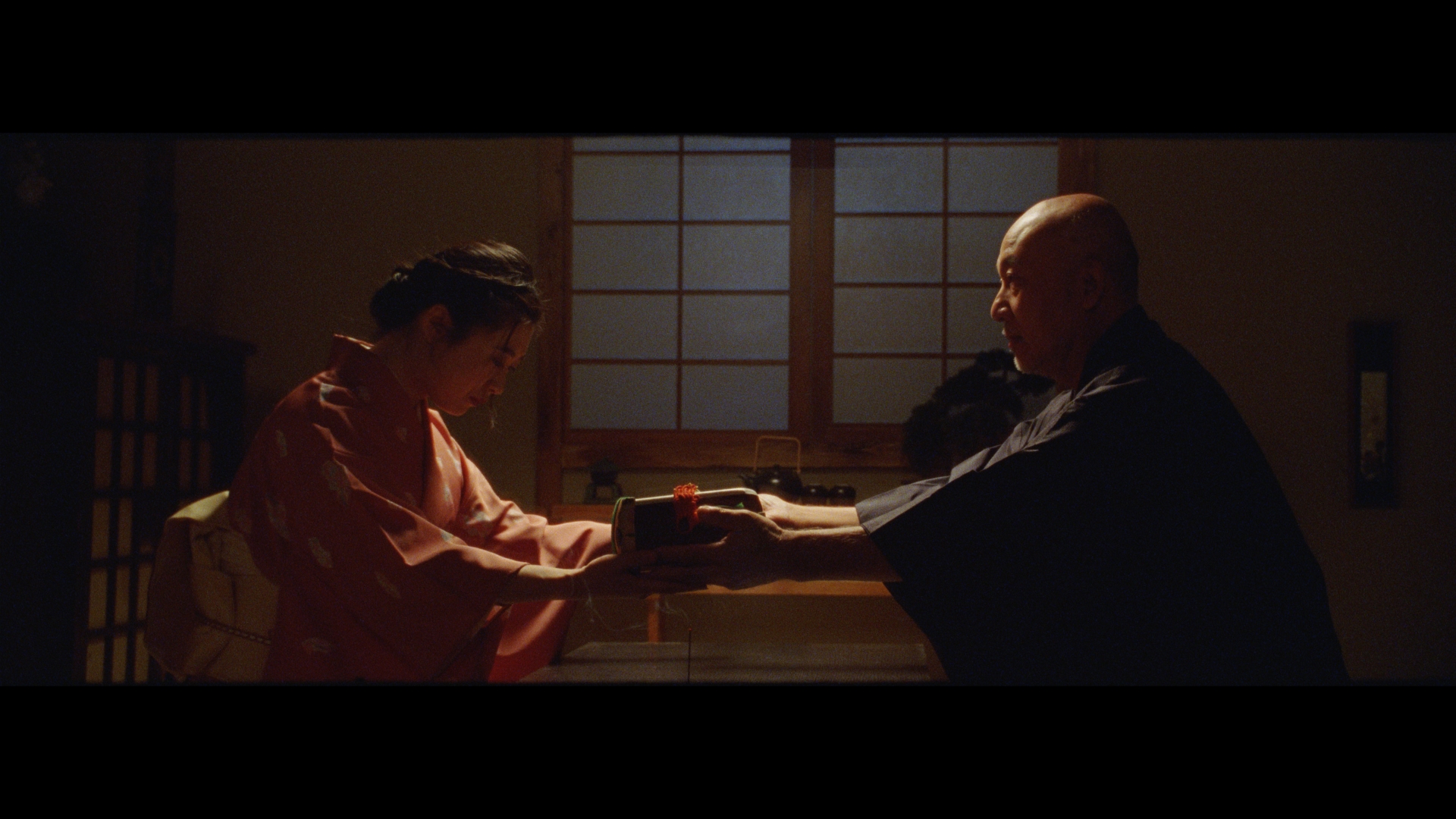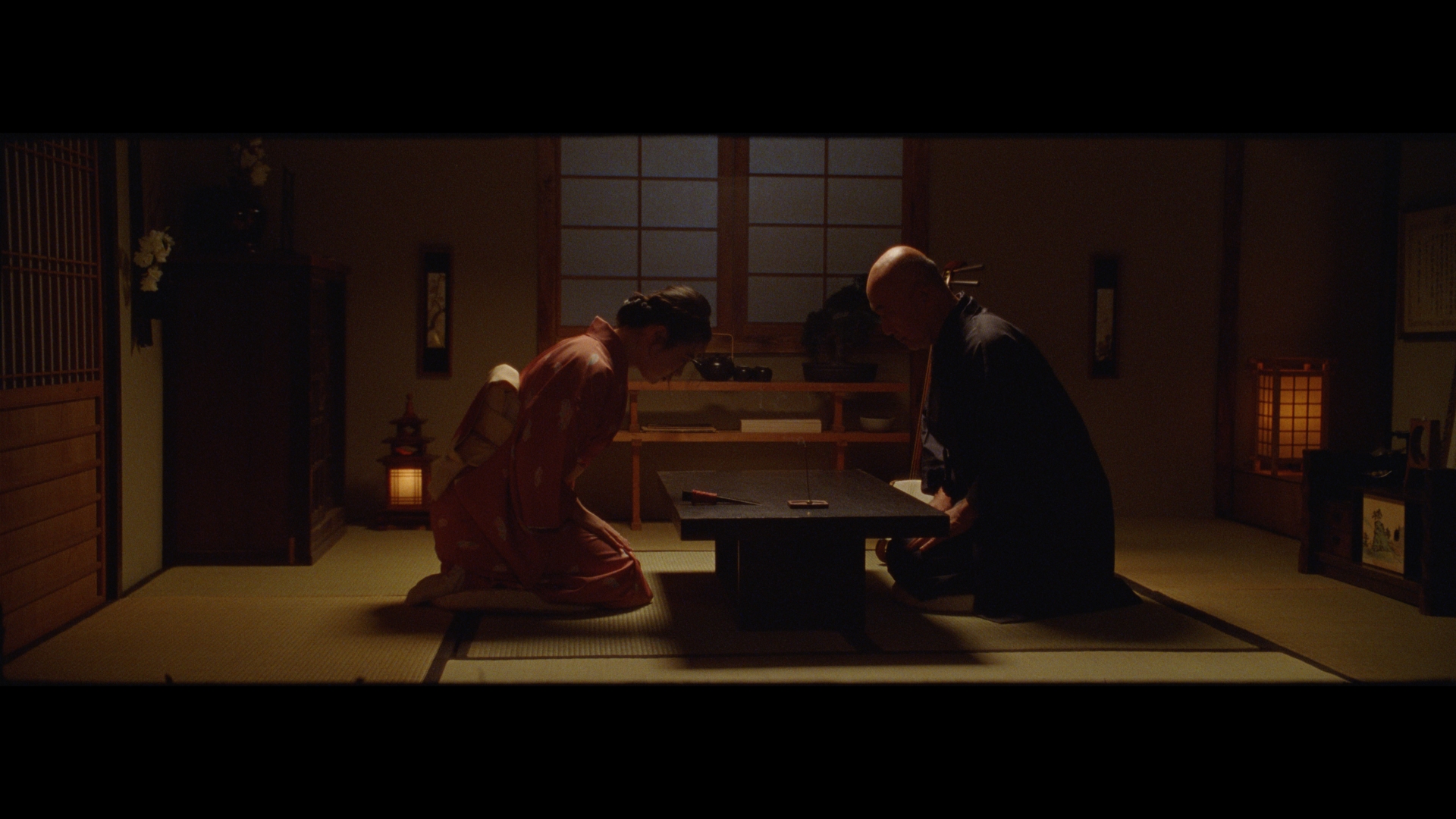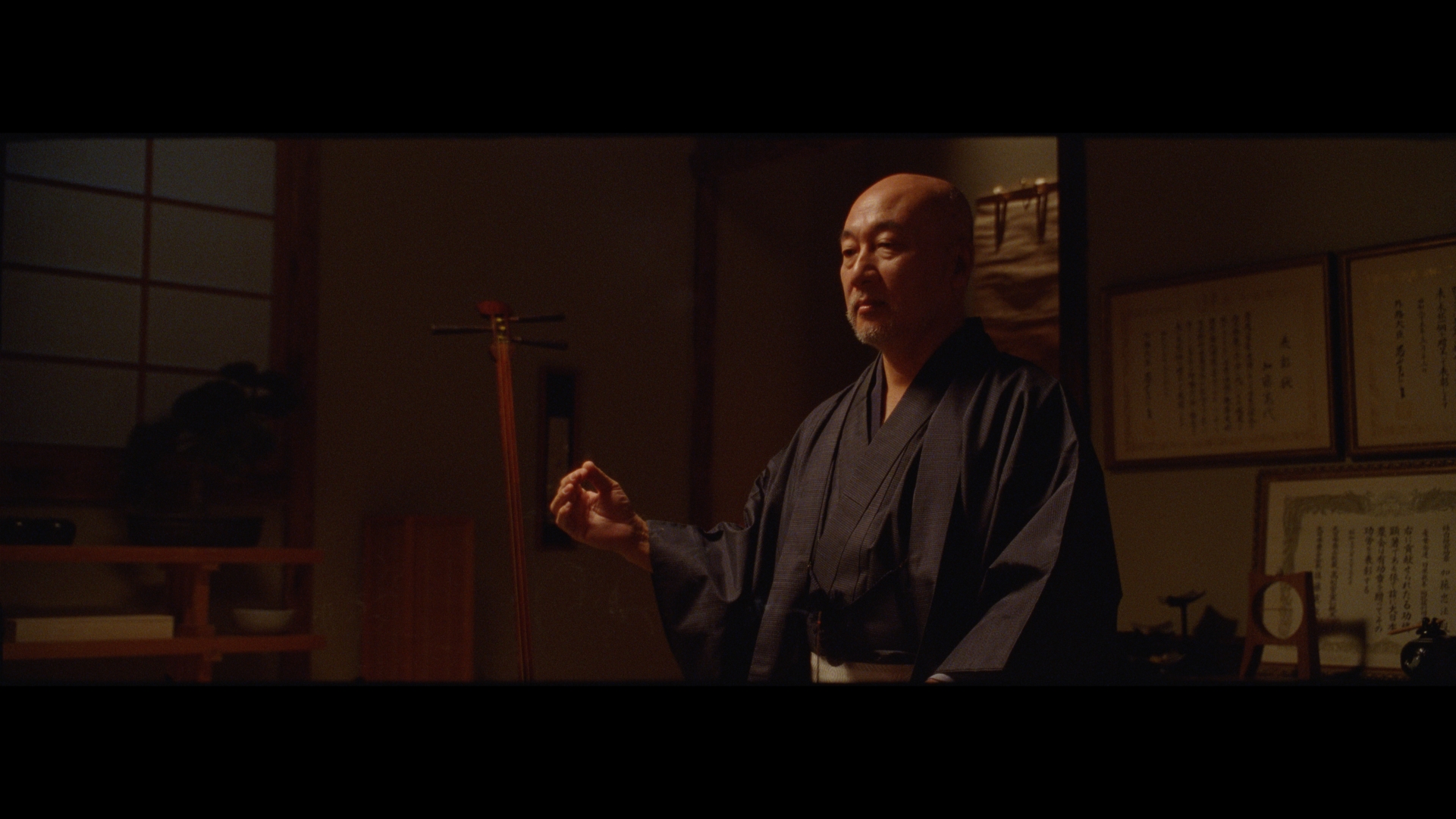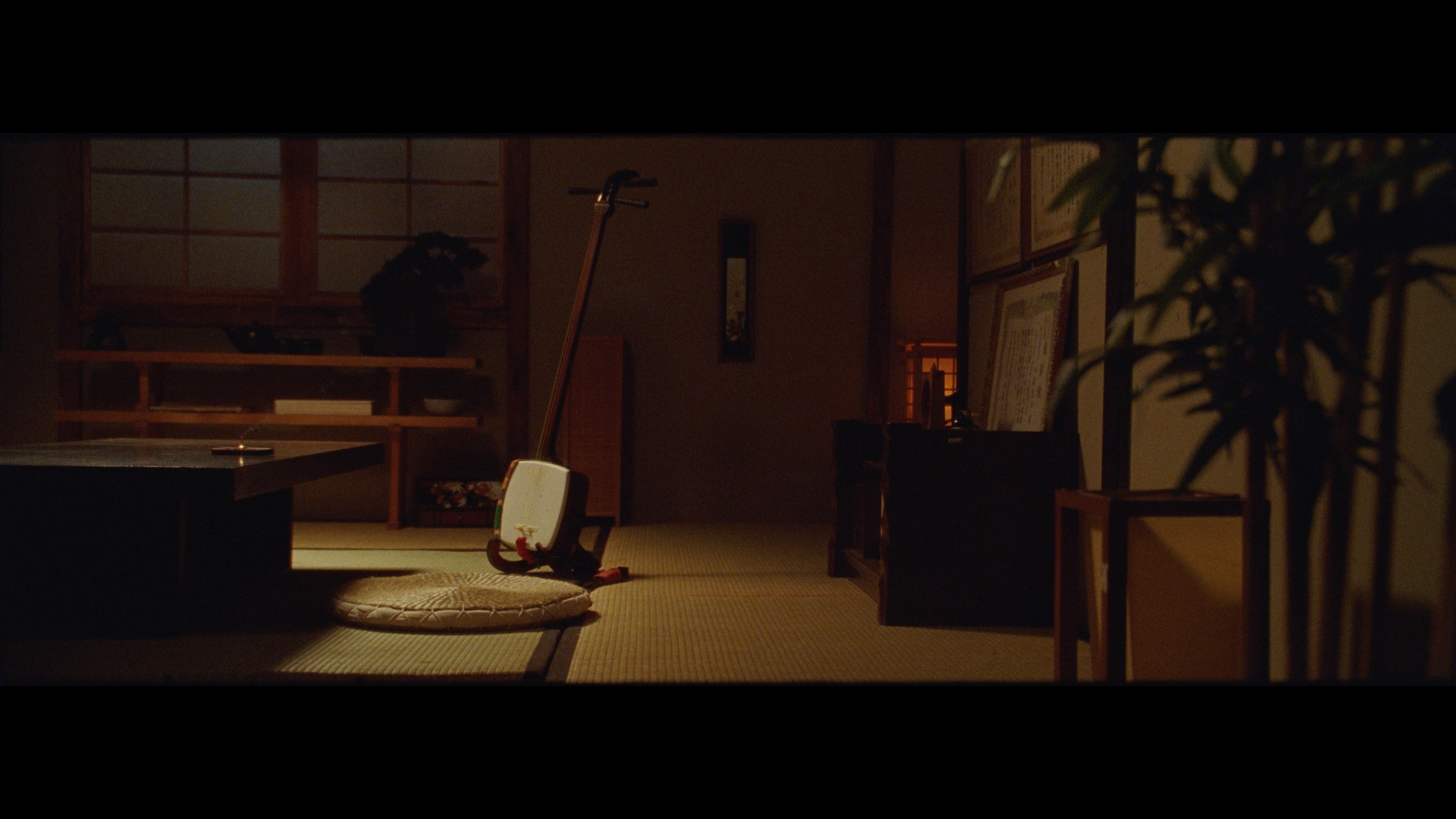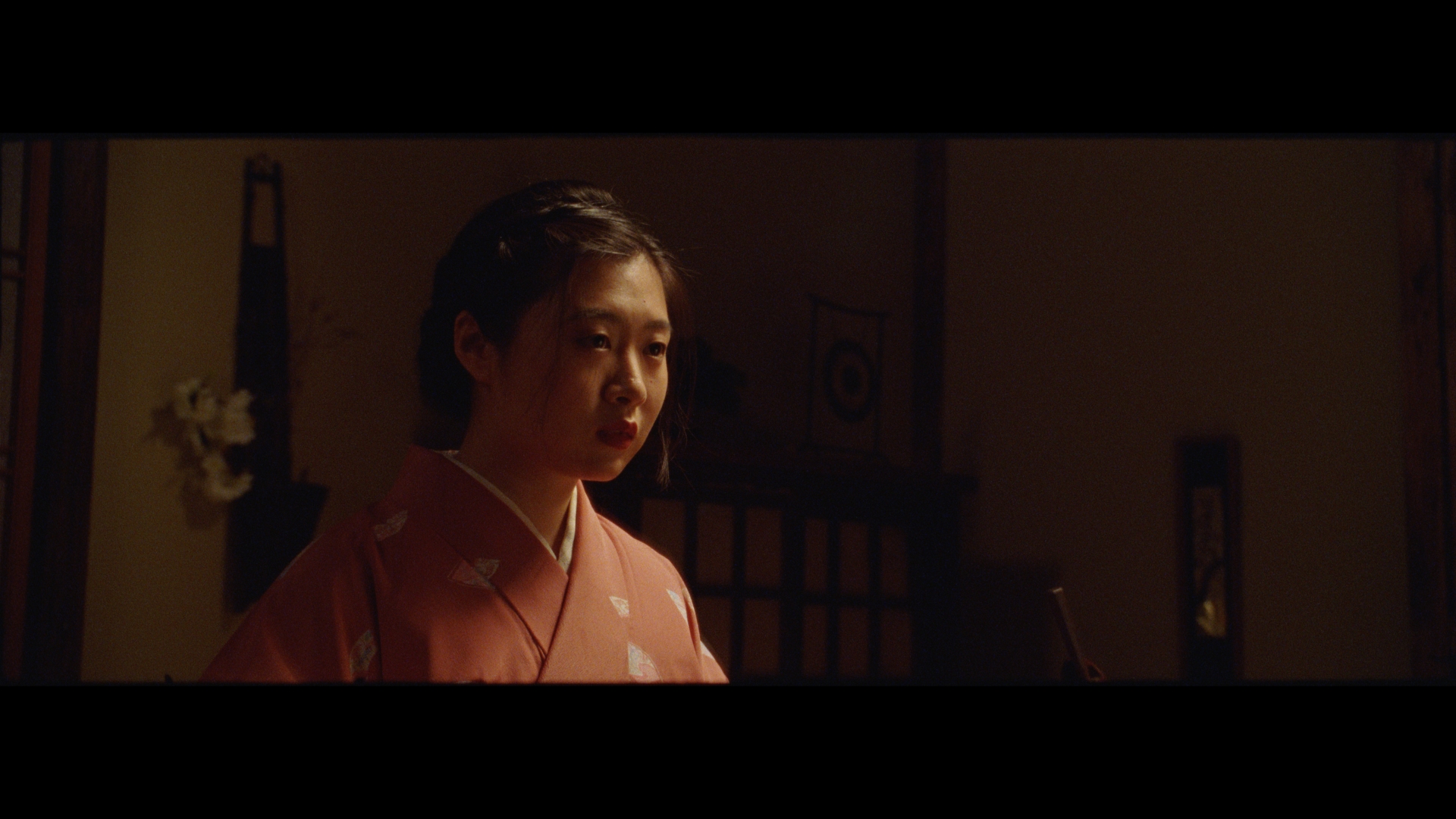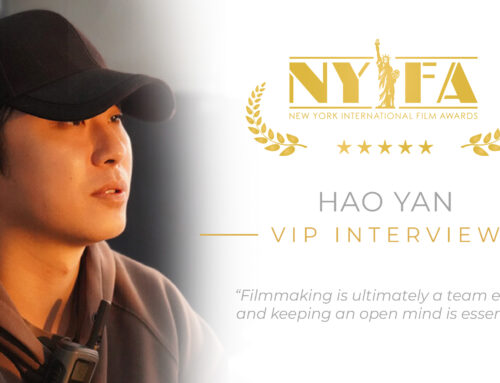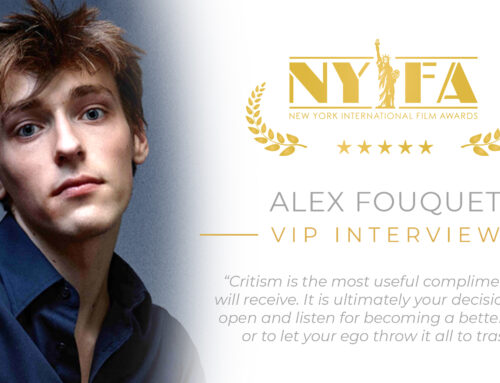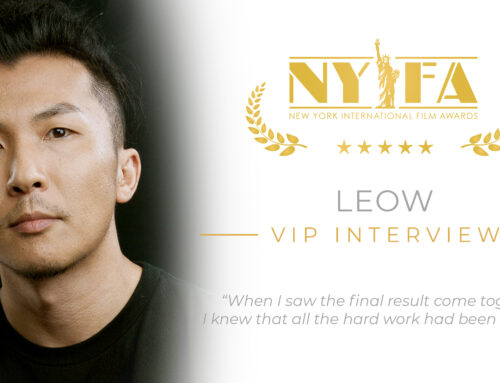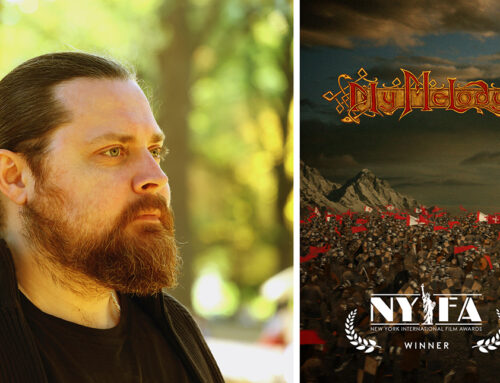VIP Interview with Tianyi Liu, DOP of the Short Film ‘Kodama’
Tianyi Liu is a Cinematographer and colorist originally from Beijing, China. He worked in over thirty productions including shorts, features, commercials, and music videos in many different countries including China, Korea, and the US. In this interview, we talk about his latest work: Kodama, a short film Liu wrote and cinematographed, his inspirations and the most important skills a cinematographer needs to master. Enjoy!
The DOP Tianyi Liu and screenshots from ‘Kodama’ – www.tianyi.lighting
Hi Tianyi, congratulations on your outstanding work! Could you tell us what brought you to filmmaking? And when did you first realize that you wanted to become a cinematographer?
I was born into a science family and I started discover the art of film when I was in my twelfth grade. My first contact with film was “Interstellar” shot by Hoyt Van Hoytma. I watched it with my classmates in junior high school. Amazed by the movie, I returned to the theater and saw it six more times totally. Since then, I was stunned by the magic of using moving images to tell the story, and have been curious about the frames of movies. I bought a lot of DVDs of old movies, including “Election”, shot by Cheng Siu-Keung, HKSC, and “Farewell My Concubine”, shot by Gu Changwei. I had watched not only all of the Oscar-winning and nominated films from the 1927 “Sunrise: A Song of Two Humans” to last year’s “ROMA”, but also remarkable foreign films, including “Hana-Bi” by Takeshi Kitano and “Crouching Tiger, Hidden Dragon” by Peter Pau.
My journey towards donating myself to the film industry started with joining a student project. My first sight of the smooth-tracking steadicam shots of the actors, and the vintage anamorphic look on the monitor reminded me of the germination of my curiosity and passion by Hoyt Van Hoytma about filmmaking five years ago. The same summer, I interned in CineHello.com. I ran into a fellow Steadicam operator from Arri China. He introduced me to the TIFFEN Steadicam Gold Workshop. There, I met my mentor, Jerry Holway, and I became an associate member of the Society of Camera Operators, to learn further with filmmakers in the industry about visual storytelling, and decided to be a cinematographer and a storyteller for the rest of my life.
You’ve worked on numerous projects all around the world, including China, Korea, and the US. What are the main differences you’ve encountered while working in different countries?
Being an Asian, I felt pretty comfortable when I am shooting in Asian countries. Because of the aesthetics and personality, I feel very confident when I am telling asian stories through my lens. However, I studied filmmaking in the US, from AFI, so I can adapt My Chinese aesthetics or signatures into American storytelling. Asian Films are more about the internal emotions and slow pace.
You also wrote the script for the short film Kodama. What is the inspiration behind it?
The most inspiration is still the imagery I believe. The biggest reference for this project is “Memories of A Geisha”. I was told by my family when I was young that I should adapt their science background, however I betrayed them. But at the same time, I still feel that the inherit culture of Japan is very attractive.
When did you start filming and what were the greatest challenges you’ve encountered?
This winter we shot this project, and we were allowed to use the sound stage for 8 hours. The greatest challenge is to finish the project from building the set to clean the stage within 8 hours while shooting film. In order to minimize the time usage, we made a 3D story board with real scale of the stage, camera and lens. We get the data from the Lidar scanning. By using the info, we can calculate how many flats we need to have, and what is our accurate field of view, so that we can minimize the time usage from production design.
Kodama are spirits in Japanese folklore that inhabit trees. Why did you choose this title and what is the message that you wanted to communicate to the audience?
Kodama (木霊) are spirits in Japanese folklore that inhabit trees. The term is also used to denote a tree in which a kodama supposedly resides.
Your cinematography is truly stunning in the film, and it does give the effect of a painting. How did you work on this specific film and how does the photography affect the narrative of the film?
The design of the lighting is to make a very serious look, so I designed the lighting ratio very accurately with my gaffer and we did a lot of tests. Because of the shortage of time, I decided to use as less lights as possible. I made a lantern for the whole film. And because exposing the film is very strict, so I have to meter everything and calculate the ratio on set.
When preparing the photography on set, does the time of day affect the scene?
No, we are shooting on the stage, everything was built.
Who are the cinematographers that inspire you the most?
A Japanese Cinematographer called “MIKIYA TAKIMOTO”, who shot “Our Little Sister ”, directed by Kore-eda Hirokazu.
What are some of the most important skills a colorist needs to do their job effectively?
I believe being a colorist, the most important skill is to understand the story and understand the mood director wants.
Do you have any anecdotes about the filming you’d like to share with us?
I think the only anecdotes for me are the times I can get unexpected nice shots.
What’s the best piece of advice that was ever given to you? And what’s the best advice you would give to a young filmmaker?
7 years ago, when I was a very naive cinematography student, I tend to mimic the cool shots and lighting. I don’t think that is wrong, but being able to understand the script and feel the deep emotion of the character is the most important skill for a narrative cinematographer.
When thinking about the photography, what are the elements that you choose to make a scene more engaging for viewers?
I believe being able to tell the story efficiently and beautifully, which means use less shots and efficient visual elements, such as depth, pattern, movements, angles and so on, to make audience follow the story, understand the character.
What is your process for collaborating with a director on set?
I am a lighting DP, so I spend so so much time with the director and camera operator before the shoot, and on the set, we will know what we all want. We can simply look at each other and we will know what to do, and the director can work with our operator to get the shots and I can do lighting at the same time.
What’s next for you? What are you working on now?
There sill be a feature film I shot coming up this year called “A Portal in the Pine”.
Follow Tianyi Liu and his projects on:

